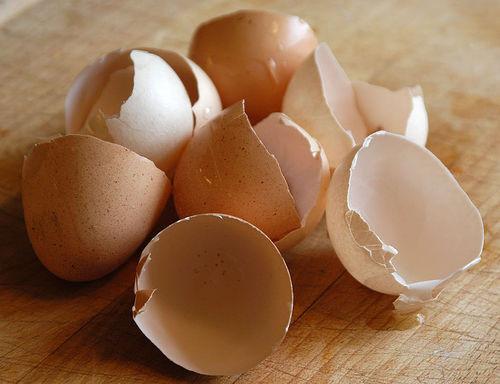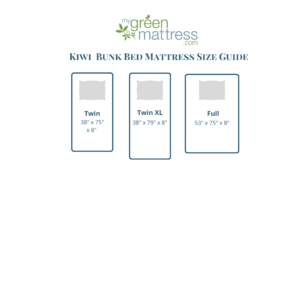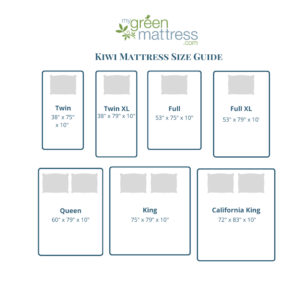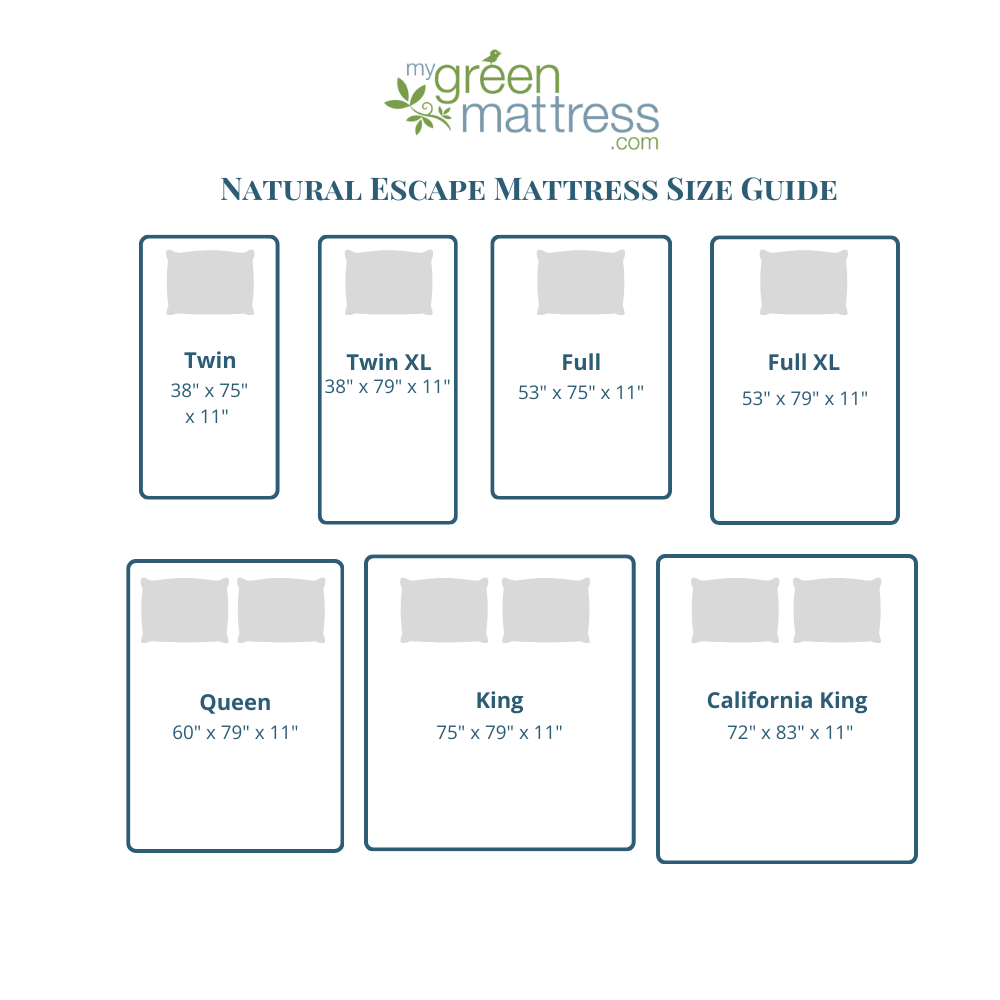At My Green Mattress, we know a thing or two about making things out of natural and organic materials. We especially like to find useful ways to use our scraps so that they don’t end up in a dump.
When it comes to gardening, there are many things that you can do at home to take care of your garden naturally, without it costing you any extra money.
Fertilizing a garden can be done with things that you have in your refrigerator and in your pantry. They are all things that would normally get thrown out at some point, but instead are being recycled back into the earth.
For instance, just about any whole food scraps can be composted for use in enriching the soil. Specifically, here are some great choices to mix into your garden.
Egg Shells
If you eat eggs, you’re sure to go through your fair share of shells. Instead of tossing them into the garbage, keep a container on the counter top solely for the purpose of collecting the shells. When you have a good amount, crush or grind them and spread the shells in the soil of your garden.
Egg shells are a great source of calcium. According to the University of Wisconsin, calcium is important for cell growth, for the metabolism of nitrogen and for the ability of nutrients to enter the cell walls of plants.<
Coffee Grinds
Coffee grinds are another item that usually end up right in the garbage, yet taking them out to the garden is just as easy and offers great benefits to your plants. Same as with the egg shells, you can set up a container designated for the collection of used coffee grinds. These can be taken out to the garden and spread in the soil as is.
Coffee grinds contain the one element that plants need the most of – nitrogen. According to Kitchen Gardener Magazine, nitrogen is the fuel of all plants, as it is used to synthesize amino acids, proteins, chlorophyll, nucleic acids, and enzymes.
Fish Bones and Scraps
These usually go straight outside so as not to smell up the kitchen. Instead of taking them to the garbage, take them out to the garden and bury them in the soil around the plants. The practice of burying fish for soil fertilization has been around for hundreds of years and was the go to practice for providing plants with nutrients well before chemical products came to be.
Fish bones contain nitrogen, calcium, trace elements and phosphorous, all of which help plants to thrive.









